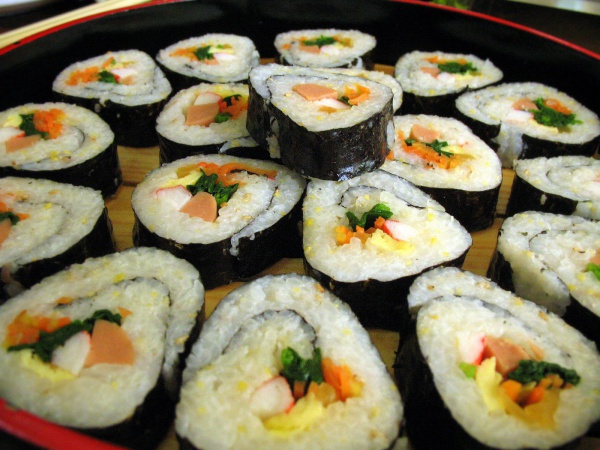Facts About Gimbap
Kimbap is a cherished Korean dish that features cooked rice and a mix of ingredients, all rolled up in dried seaweed sheets known as gim. It's a popular choice for picnics and outdoor events due to its easy portability and convenience as a takeaway food. Interestingly, the term "gimbap" is relatively new, replacing the older term "norimaki" which originated during the period of Japanese colonial influence.
The origins of gimbap trace back to the Joseon era, although there is some debate about its precise beginnings, with some suggesting Japanese influence. Typically, gimbap includes rice, vegetables, and proteins such as beef, ham, or seafood. Unique variations, such as Chungmu-gimbap, Mayak-gimbap, and Samgak-gimbap, each offer their own twist on the classic recipe.
In South Korea, entire restaurant franchises are dedicated to gimbap, offering a wide array of versions and combinations. Moreover, gimbap is associated with themes of resilience and resourcefulness in Korean culture. Selling gimbap as a street vendor is often seen as a respectable way to earn a living, reflecting the dish's deeper cultural significance beyond just its delicious taste.

 North Korea
North Korea